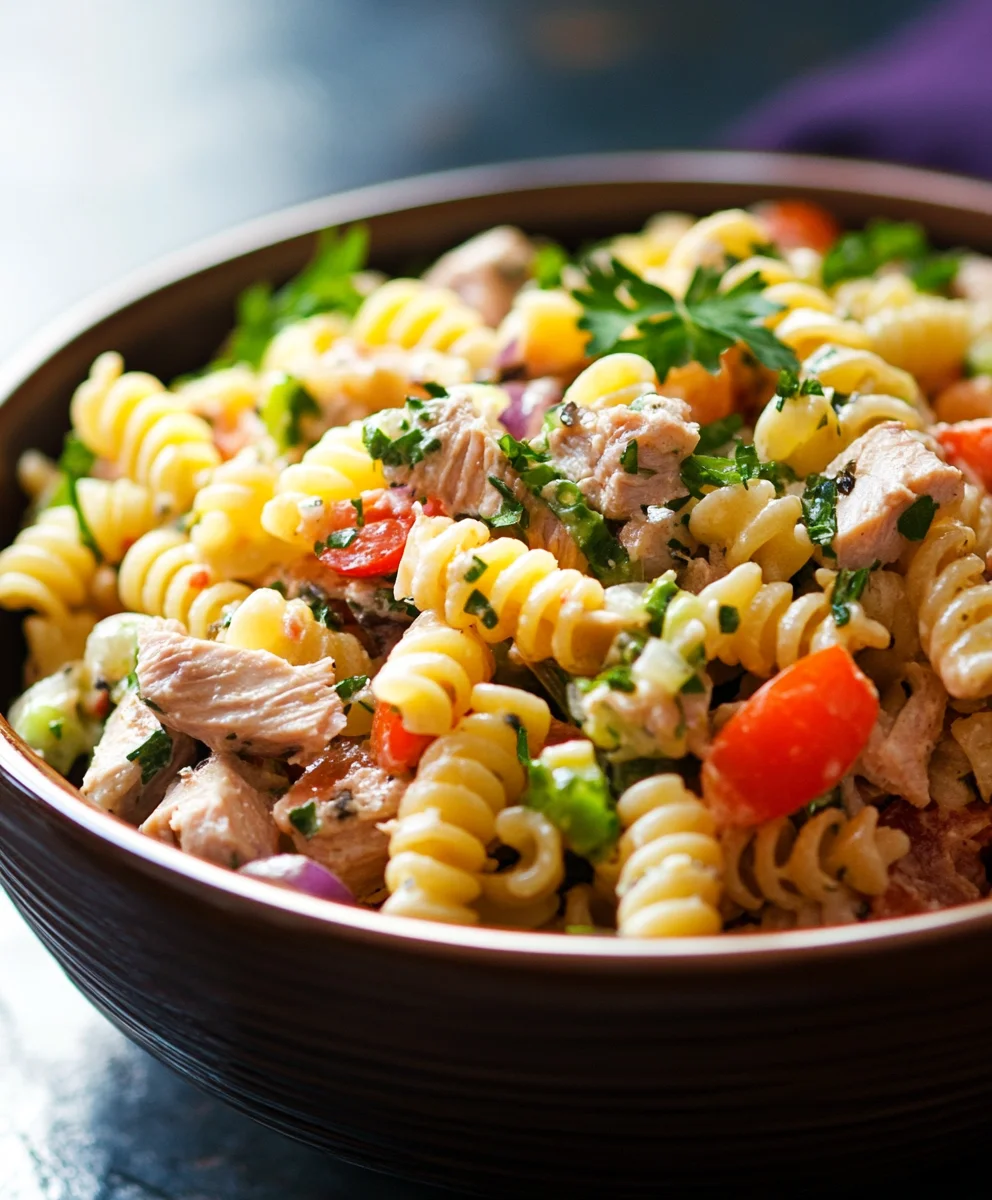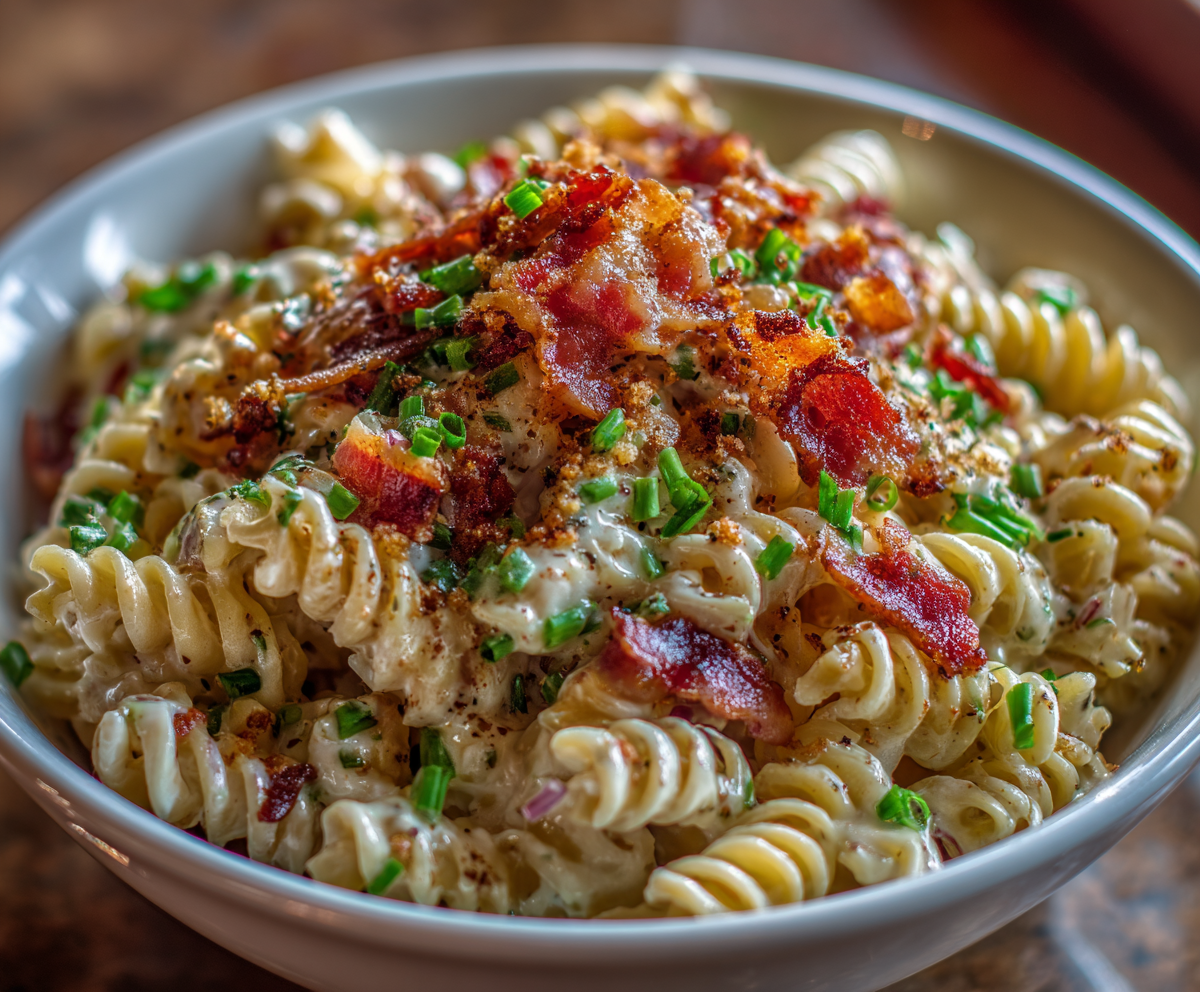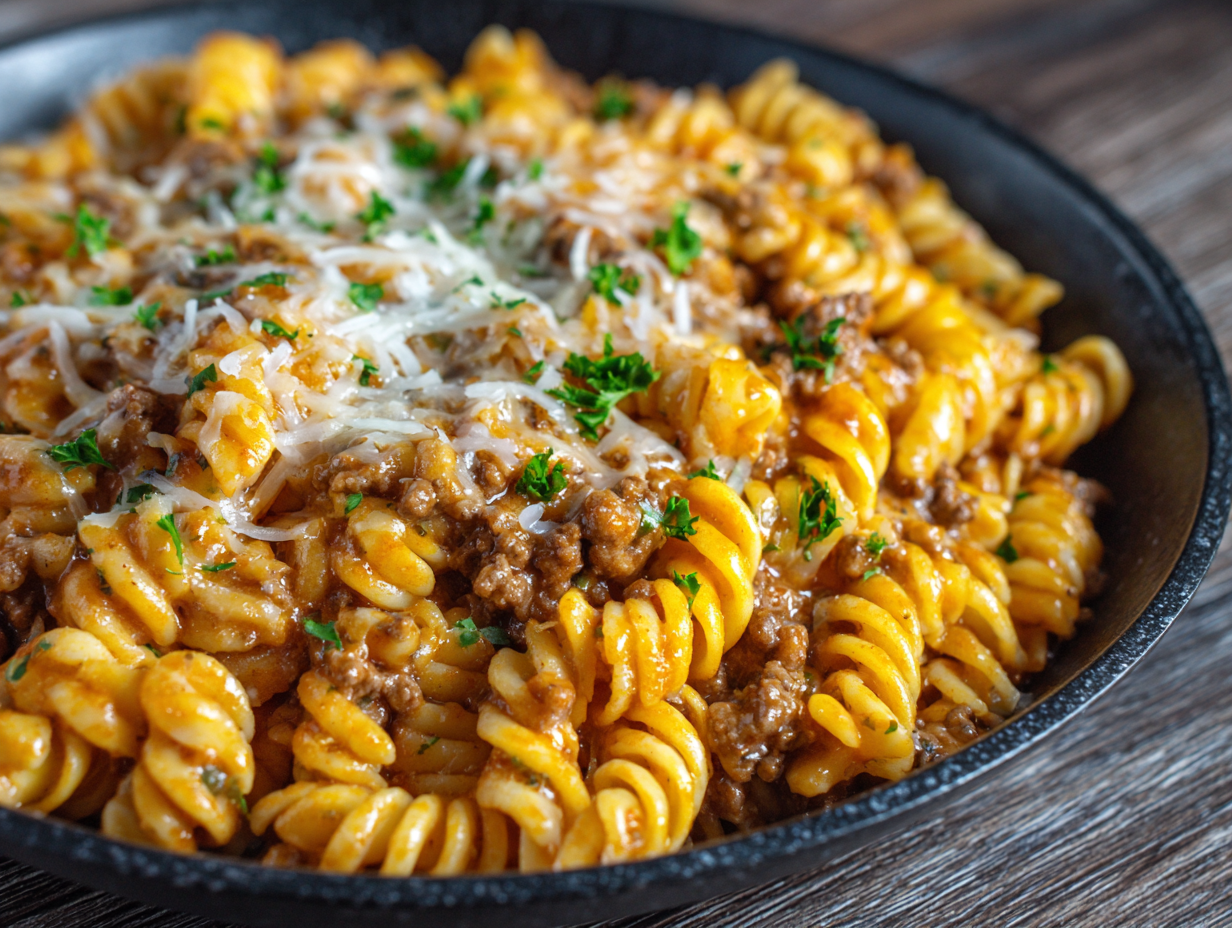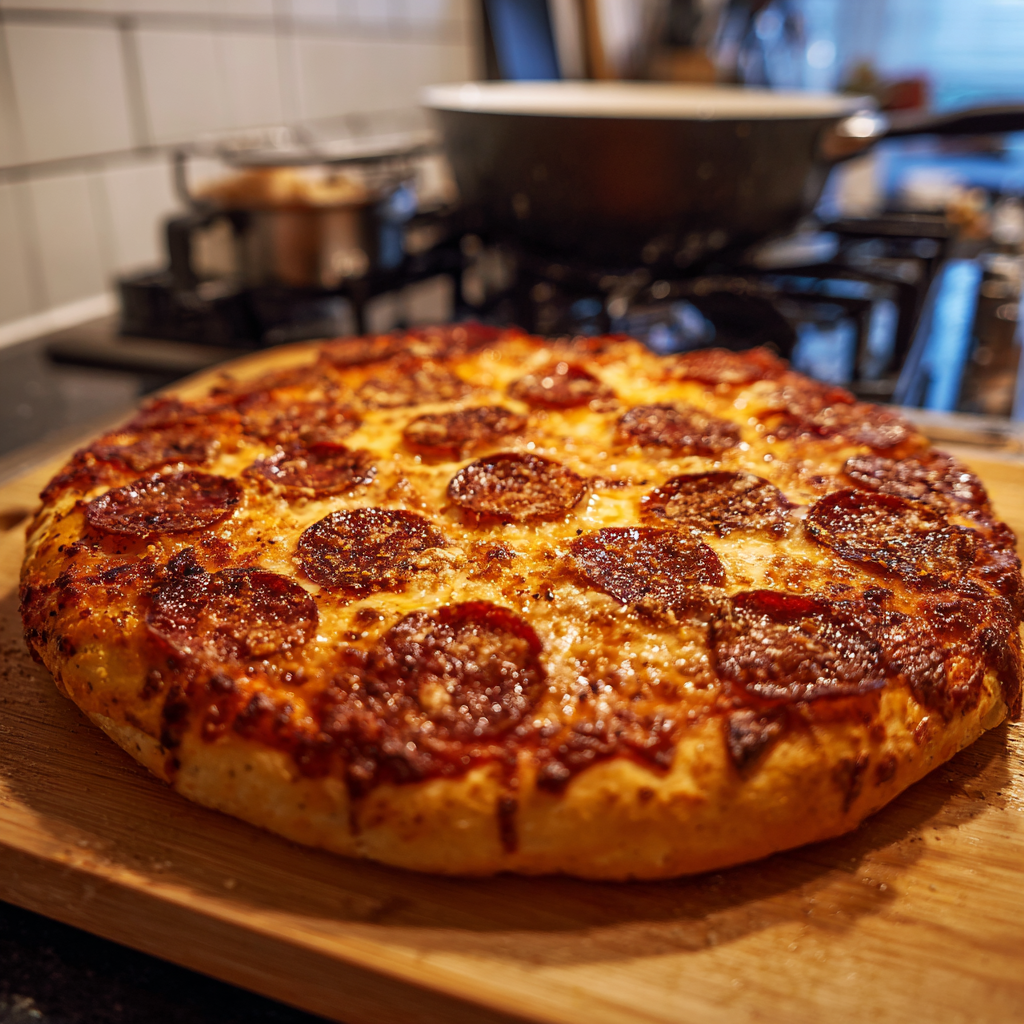Easy Korean Bibimbap Recipe
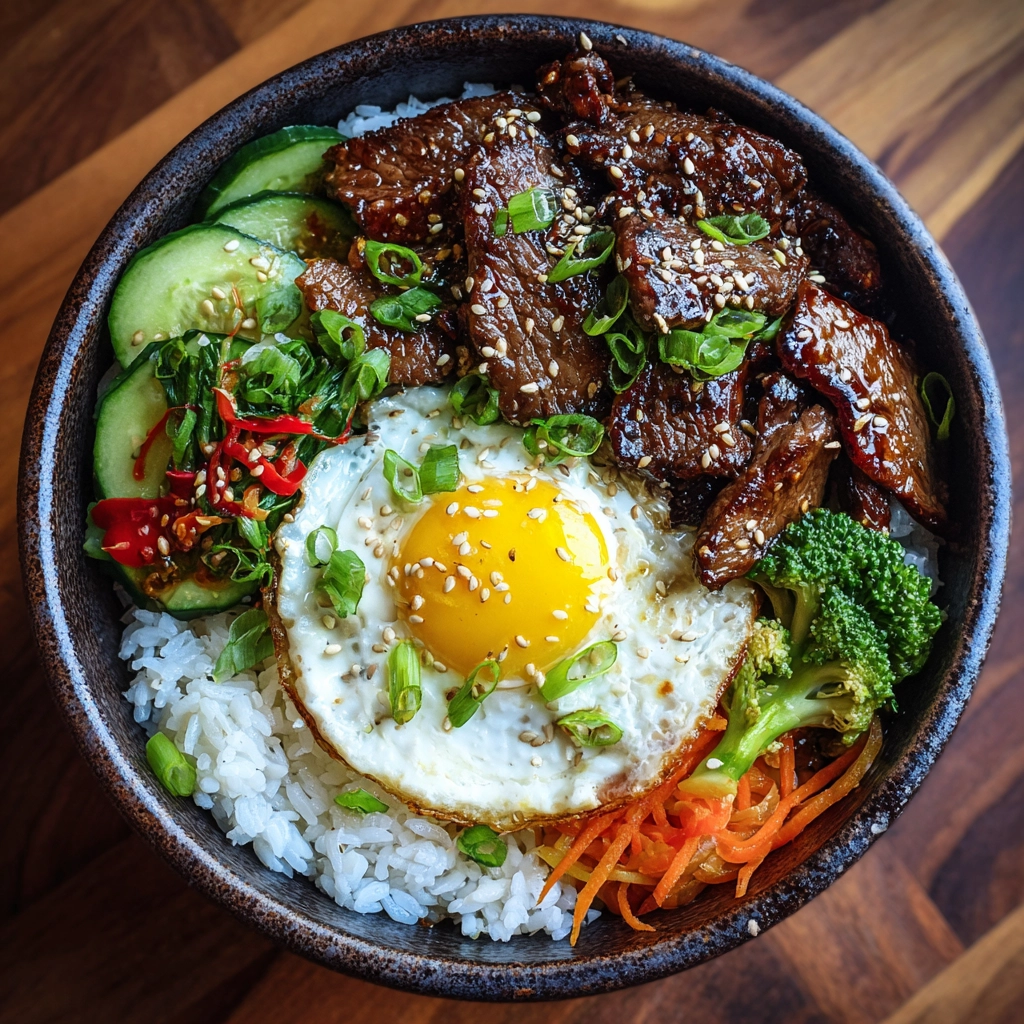
Korean food is loved for its bold flavors, colorful ingredients, and nourishing balance, and bibimbap is the perfect dish to show all of that. The word bibimbap simply means mixed rice, but it is so much more than that. A bowl of fluffy rice is topped with fresh vegetables, tender meat or tofu, a fried egg, and a rich gochujang sauce. When everything is mixed together, each bite is packed with layers of flavor that are spicy, savory, and slightly sweet.
What makes bibimbap truly amazing is how flexible it is. You can make it with beef, chicken, or tofu, and you can also keep it vegetarian by focusing on vegetables and egg. It is a complete meal in one bowl and gives you plenty of protein, fiber, and nutrients. Whether you are trying Korean food for the first time or you simply want a delicious and healthy meal at home, this easy bibimbap recipe will quickly become a favorite at your table.
Why You Need This Recipe
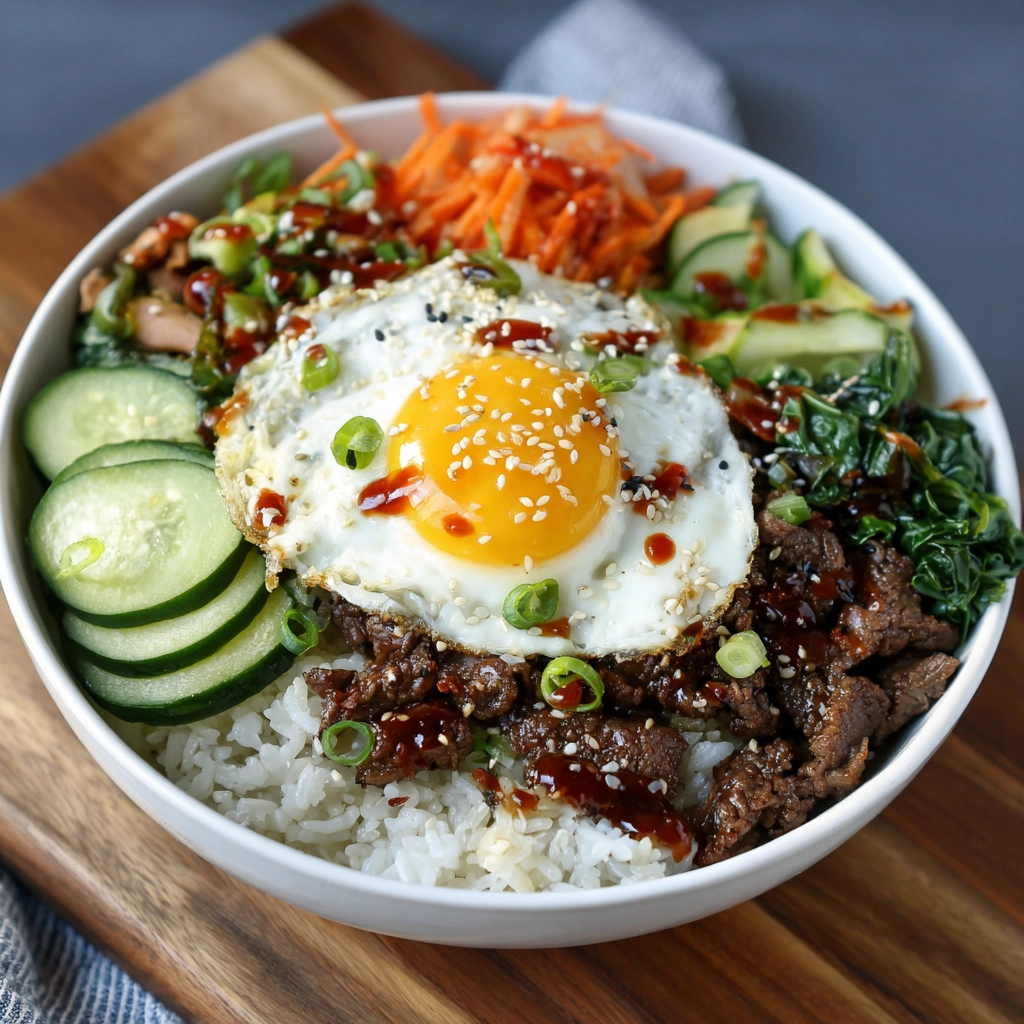
Bibimbap is more than just a meal, it is an experience in a bowl. Unlike many one dish recipes, this Korean classic offers variety in every bite. The mix of colorful vegetables, savory protein, fluffy rice, and spicy gochujang sauce makes it both comforting and exciting at the same time. It is a dish that feels fresh, wholesome, and satisfying without being complicated to make.
Another reason to love this recipe is its flexibility. You can customize it to suit your taste and dietary needs. Want more protein? Add extra beef, chicken, or tofu. Prefer to keep it light? Load up on fresh vegetables and skip the meat. It is also a great way to use up leftover rice and veggies from your fridge, making it budget friendly and practical. Once you try making bibimbap at home, you will see why it is one of the most loved dishes in Korean cuisine.
Enjoy a colorful mix of fresh ingredients in this bibimbap recipe that is both delicious and nourishing.
Ingredients
| Ingredient | Quantity | Calories (approx) |
|---|---|---|
| Cooked white rice | 2 cups | 400 |
| Beef (thinly sliced) or tofu | 200 g | 250 (beef) / 180 (tofu) |
| Carrot (julienned) | 1 medium | 25 |
| Zucchini (sliced) | 1 medium | 30 |
| Spinach (blanched) | 1 cup | 20 |
| Bean sprouts | 1 cup | 30 |
| Mushrooms (shiitake or button) | 1 cup | 40 |
| Egg (fried, sunny side) | 1 large | 90 |
| Gochujang sauce | 2 tablespoons | 60 |
| Sesame oil | 1 tablespoon | 120 |
| Sesame seeds | 1 teaspoon | 15 |
| Garlic (minced) | 2 cloves | 10 |
| Soy sauce | 1 tablespoon | 10 |
Total Calories (approx for one serving): 1000–1100 depending on protein choice
How to Prepare
Start by cooking the rice since it forms the base of bibimbap. You can use freshly steamed rice or even leftover rice that has been gently reheated. While the rice cooks, prepare the vegetables and protein. Slice the carrots into thin strips, cut the zucchini into half moons, and clean the mushrooms. Blanch the spinach quickly in boiling water, then squeeze out excess liquid and season lightly with a touch of sesame oil and salt. For the protein, you can either marinate thin slices of beef with soy sauce, garlic, and sesame oil or simply pan fry tofu cubes until golden.
Once the ingredients are ready, heat a little oil in a pan and sauté the carrots, zucchini, mushrooms, and bean sprouts one at a time. This way each vegetable keeps its own flavor and texture. Fry an egg sunny side up and keep it aside. To assemble the bibimbap, place a generous scoop of rice in a bowl and neatly arrange the vegetables and protein around the edges. Place the fried egg right in the center and drizzle with sesame oil. Add a spoonful of gochujang sauce on top and sprinkle with sesame seeds. Mix everything together before eating to enjoy the perfect balance of flavors in each bite.
Pro Tips
For the best bibimbap, prepare each vegetable separately instead of cooking them all together. This keeps their colours bright and their flavours distinct, making the dish more vibrant and authentic. Use fresh vegetables whenever possible, as they add both texture and nutrition to your bowl.
If you prefer a stronger flavour, marinate your beef or tofu for at least 20 minutes before cooking. A simple mix of soy sauce, garlic, sesame oil, and a touch of sugar works beautifully. When it comes to the egg, a sunny side up with a runny yolk gives the bibimbap its signature creaminess when mixed with the rice. Finally, do not skip the sesame oil drizzle it brings a rich aroma that ties the whole dish together.
Perfect Pairings and Toppings
Bibimbap is already a complete meal, but the right pairings can make it even more enjoyable. A simple bowl of hot miso soup or a light Korean seaweed soup goes beautifully with it, adding warmth and comfort to your table. Traditional Korean side dishes like kimchi, pickled radish, or seasoned cucumber are also excellent choices, as they bring tangy and refreshing flavors that balance the richness of the bibimbap.
For toppings, you can get creative based on your taste. A sprinkle of roasted sesame seeds or chopped green onions adds freshness and crunch. If you like extra heat, add more gochujang or a drizzle of chili oil. For a milder option, top it with sliced avocado for a creamy texture. Pairing your bibimbap with a cold barley tea or a light sparkling drink also makes the meal refreshing and complete.
Conclusion
Bibimbap is more than just a recipe it is a vibrant and wholesome way to enjoy a balanced meal in one bowl. With its colourful mix of fresh vegetables, savoury protein, fluffy rice, and bold gochujang sauce, this dish captures the essence of Korean comfort food while remaining versatile enough for any palate.
What makes bibimbap truly special is the freedom to customize it. Whether you prefer beef, chicken, tofu, or simply a veggie packed version, each bowl can be tailored to your taste. Once you mix everything together, you get a perfect harmony of flavours that is both satisfying and nourishing. Try making it at home, and you’ll quickly see why bibimbap is a beloved dish around the world.

